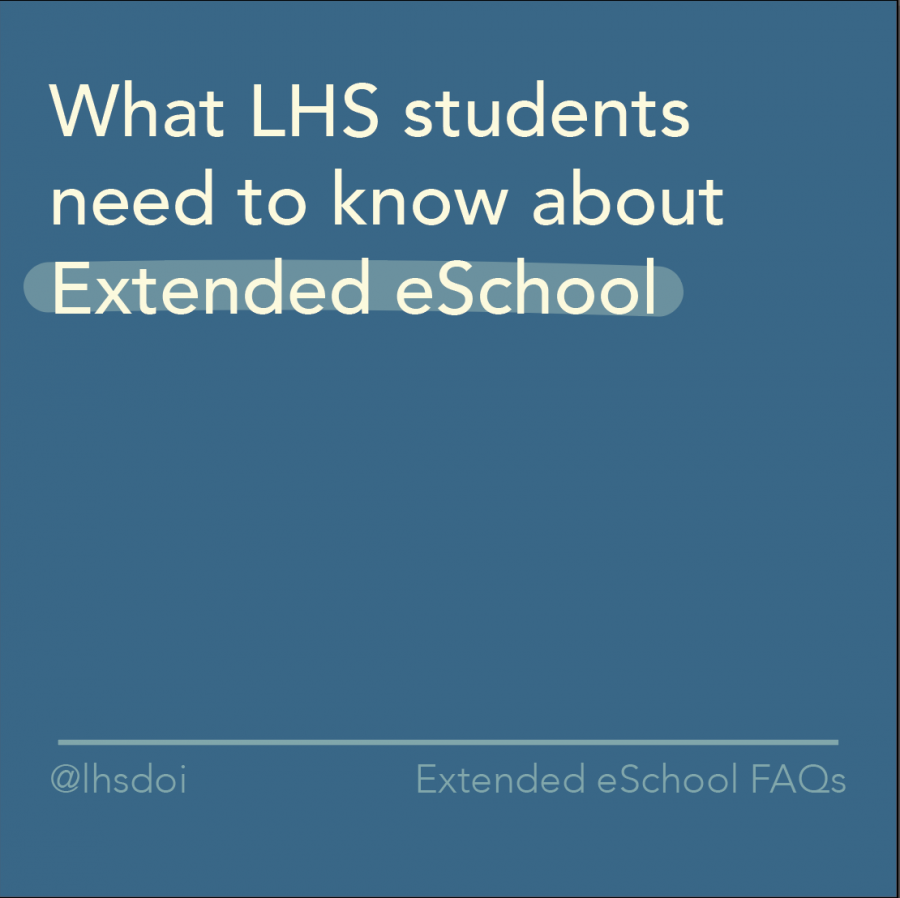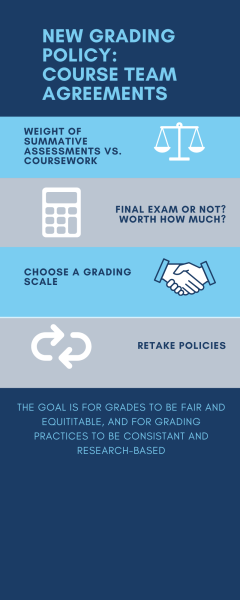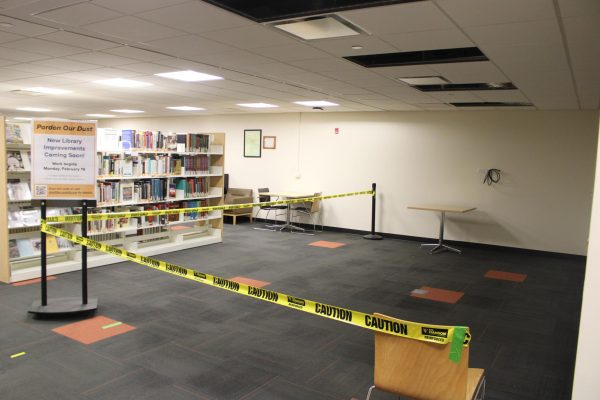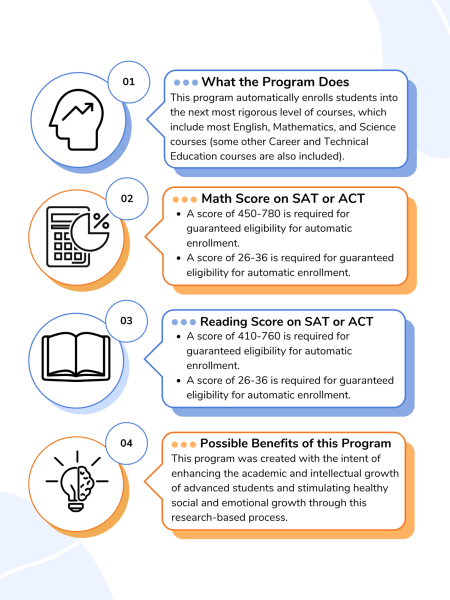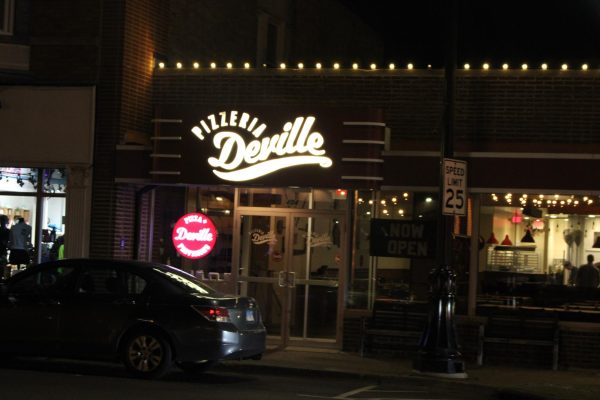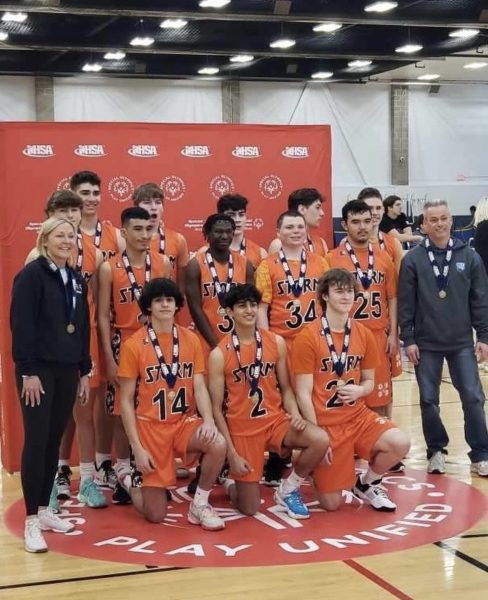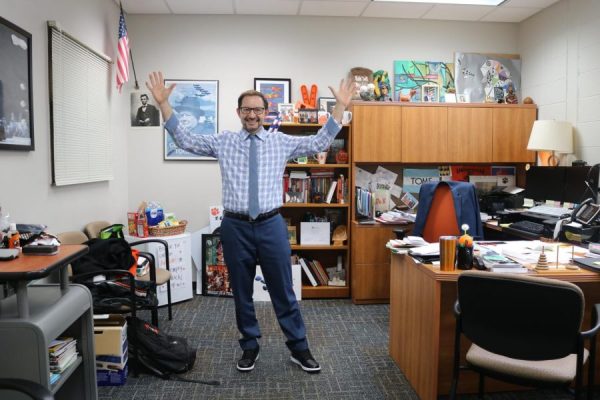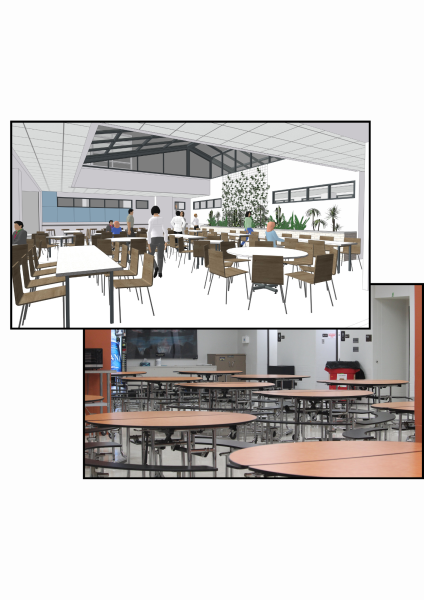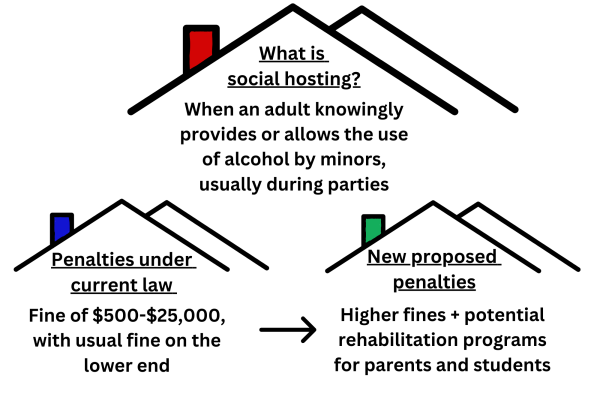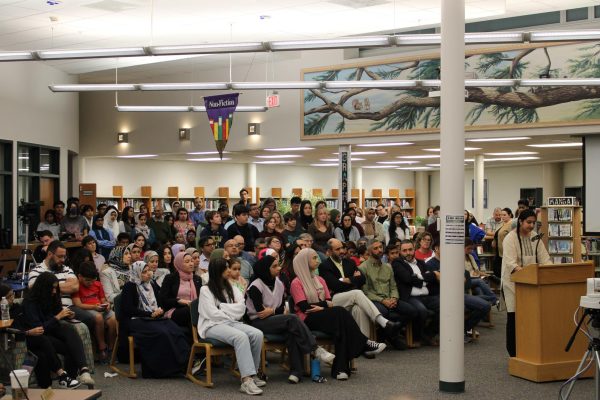What LHS Students Need to Know About Extended E-School
There’s certainly uncertainty surrounding some of LHS’s plan to open school in “Extended E-School,” so the Drops of Ink staff curated a list of frequently asked questions, many of which Associate Principal Mr. Ray Albin answered. Most importantly, Mr. Albin wants students and parents to know that e-school will essentially be school as we know it, the only major difference being that it will take place virtually. He also emphasized how much work has been put into ensuring a smooth start to online learning and how the administration is constantly answering new questions and finding new ways to support students. The responses below are paraphrased from Mr. Albin’s interview answers; they are not direct quotes.
1. What will each day look like? Is it video calls for every class every day or will there be days where we’re just given assignments?
Each period will start synchronously, meaning all students will be required to be on a virtual meeting with their teacher. On “orange” and “blue” days — Monday, Tuesday, Thursday, Friday — students will follow a block schedule and attend half of their classes for 75 minutes each. Zero hour through period four will be on Mondays and Thursdays — orange days — with fifth through eighth periods on Tuesdays and Fridays, the blue days. Students will follow a regular schedule on Wednesdays, attending all eight classes for 45 minutes each; each class will meet three times per week.
2. How will Wednesdays work? Will we meet with each class or is it up to the teacher?
Wednesday is an eight-period remote learning day; it will operate exactly as a typical school day would, the only real difference being that it will take place virtually.
3. Is there a policy for being “late” to a video call?
Tardies and absences will be issued as they would for in-person school. All school rules and policies are in place; what’s different are the potential consequences for rule-breaking. So students are expected to join virtual meetings on time and inform their LSTs of absences, like they regularly would.
4. How will attendance be taken?
Unlike the Google form that was used to take attendance in the spring, teachers will return to tracking students’ attendance on PowerSchool.
5. Will there be homework in addition to classwork?
In short: yes. Homework policies will be up to the teacher like they would normally be. Unlike the end of last school year which was essentially emergency e-learning, everything this year will operate as normally as possible, just in a remote setting.
6. What platform will be used for virtual meetings?
Zoom and Google Meet will be the two vehicles for face-to-face class, but Google Classroom will continue to be the central learning management system, as it is for most classes already.
7. How will assemblies and class meetings look?
There’s no set plan for large meetings as of now; they could be done as a webinar — a video call where a viewer is only able to see the speaker and not the other participants — or in a smaller group where a speaker would address individual classes. Plans for large gatherings are still in the works.
8. What about resource centers like the Write Place and the MASH?
All resource centers will still be available to students, just on an appointment-only basis rather than how they operate during in-person school. The school is also considering keeping a live Zoom link to serve as the subject help tables in the MASH. For example, the teachers who would typically be available to help with science during fourth period would still be available for students, just through a Zoom link.
9. What will P.E. classes look like?
The cognitive aspect of gym classes will remain the same; students are expected to learn the content as they would in-person. The physical activity required will vary from class to class.
10. What are the main differences between Extended E-School and the e-learning system from the spring?
The biggest difference is that the spring’s guidelines were set on a state level, while the school is able to more independently set parameters for the upcoming school year. Unlike during the emergency e-learning period, administrators and decision makers within the district are now able to make decisions to not only ensure that students experience the best learning environment possible in the conditions, but also that all students can remain safe and healthy amid the pandemic. Another major difference from the spring to the fall is the amount of face-to-face learning that will take place. Each class will meet virtually three times per week.
11. How will the CRC operate? And will Ms. Belstra be available to meet with seniors and help guide them through the college application process?
Ms. Belstra will continue meeting with students with the same appointment-based process she’s used in the past; the only difference will be that the meetings will take place virtually, rather than in-person. The CRC’s plans are constantly developing, so they are unsure exactly how they’ll operate, but they are certain that students will be supported and their services will continue to be provided.
12. How flexible is remote learning? Will students be able to join virtual meetings from places other than their homes?
As long as a student has access to the internet and a space to do their work, they can join the call. Otherwise, absences will be handled exactly as they would be for in-person school, meaning students should notify their LST as well as their teachers in the case of an absence or tardy. E-school provides students with more flexibility than they’d typically experience in the past, making college visits and other necessary absences doable.
13. What about classes like band, orchestra and choir?
At this point, there are no plans to have these classes meet in-person. They will meet virtually, as any other class would, and the health concerns will be continuously measured; if/when it’s deemed safe, some form of in-person meeting could be reinstated.
14. What if a class requires materials a student might not have at home?
If there’s equipment that can be given to students to use at home, every effort will be made to make that possible. For lab-based classes with equipment that can’t be easily transported (for example, darkroom and woodworking), the school will work toward the ability to eventually host small student groups on campus.
15. What if my Chromebook breaks? Will IT be available?
The same system that was in place during the spring will be used for Extended E-School. The IT Department will be available via phone to answer questions, but if the problem persists, loaner and replacement Chromebooks will be available for pick up at the school.
16. When and how will we return/get textbooks? Will we be able to grab anything left in lockers?
From Aug. 12-14, seniors, juniors and sophomores will be able to come to the school to access lockers (both gym and regular lockers), return athletic uniforms from spring sports and return textbooks. The following week, starting Aug. 17, students will be invited to the school to pick up their textbooks; freshmen will receive their chromebooks and sophomores, juniors and seniors will receive last year’s yearbook.
17. Can I still check out books from the library?
There is not yet a plan for checking out physical books from the library, but the librarians and all of the online resources will be available to students.
18. Will AP science classes still be one and a half periods even though classes are longer on orange and blue days?
Yes. Any class that typically lasts one and a half periods will continue to operate that way. One difference, though, is that a class might span two days. For example, if a class is periods four and the first half of five, it would get cut off in the middle, as Mondays and Thursdays end after fourth period.
19. Will tests be monitored?
The way tests are administered will vary from class to class and teacher to teacher. Some might require that students are on a video call while taking the test, but many tests will be application-based, rather than fact-based. Rather than being asked to recite facts, students will likely be asked to apply the skills and information they’ve learned to create something new in order to prevent cheating.
20. What if I don’t have access to WiFi?
The school will continue to supply hotspots to students without internet access, and they will continue to monitor and check in with families to ensure that every student has their needs met.
21. Are there any plans in the works for student events such as homecoming?
There’s a group devoted to planning for homecoming; the dance may take place similar to how virtual prom was last spring: via Zoom. The group is paying close attention to guidelines set by health professionals, and they will ensure that students are given the best possible experience while still prioritizing their health. There are plans in the works to invite seniors on campus to paint their carpool parking spots in order to maintain some sense of normalcy.
22. What would returning some students to school look like?
Small, targeted groups of students who need support or specialized equipment would eventually be able to come back on campus, especially for lab-based classes that rely on the in-person aspect of the class. More details will be figured out for this later; the school’s top priority is ensuring that e-school starts in a way that supports all students as best as it can.
23. For the sports that are allowed to play, will there be looser restrictions on traveling to and from competitions?
Transportation to and from athletic competitions will be provided for athletes who need it, and athletes are encouraged to take advantage of the school’s transportation. Requirements will likely be more lenient than usual, especially if students or parents feel more comfortable transporting themselves, as opposed to a bus.



